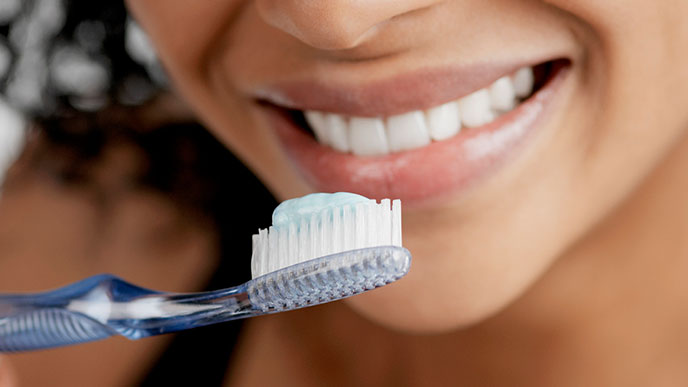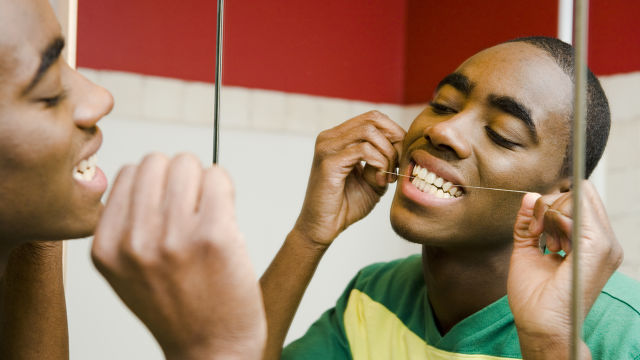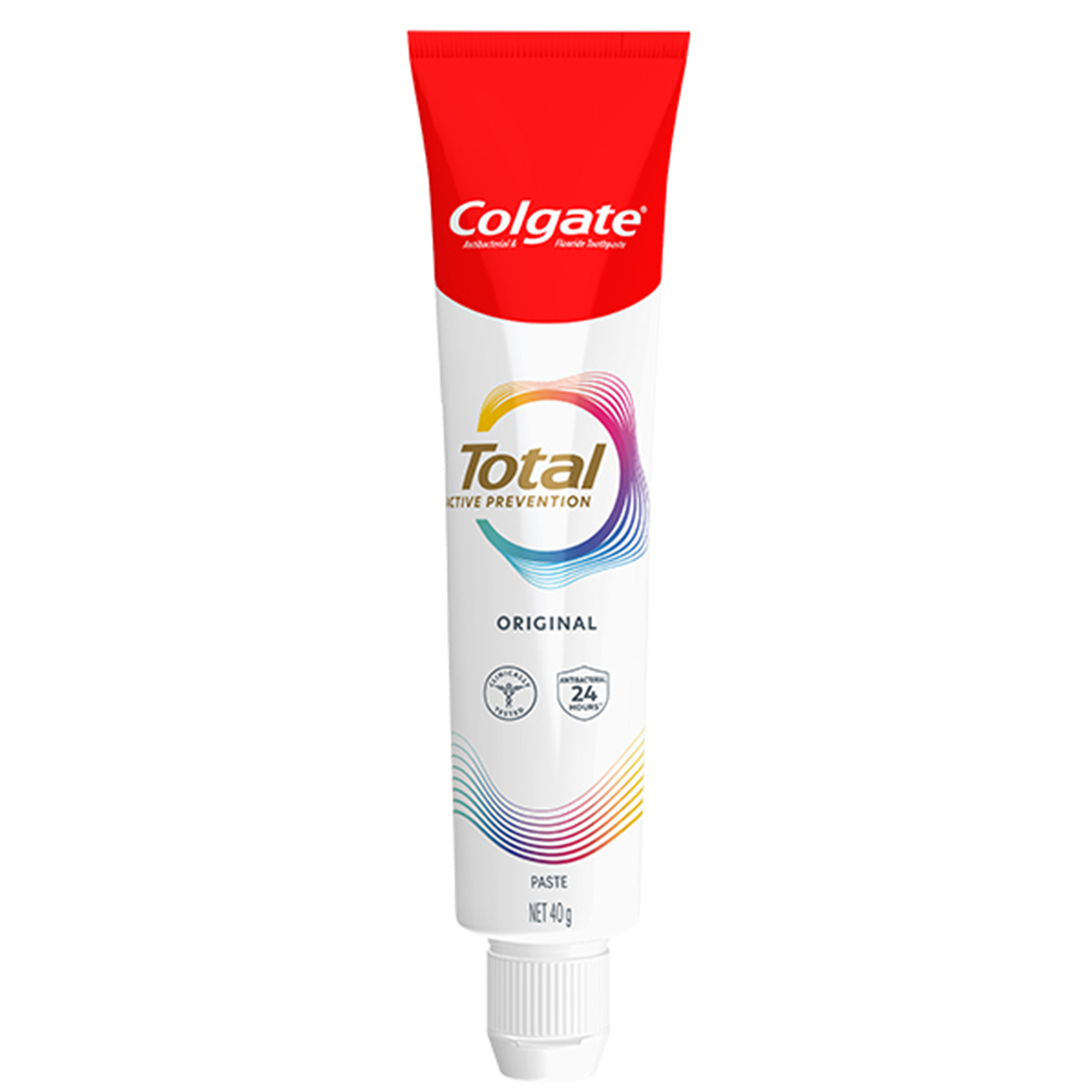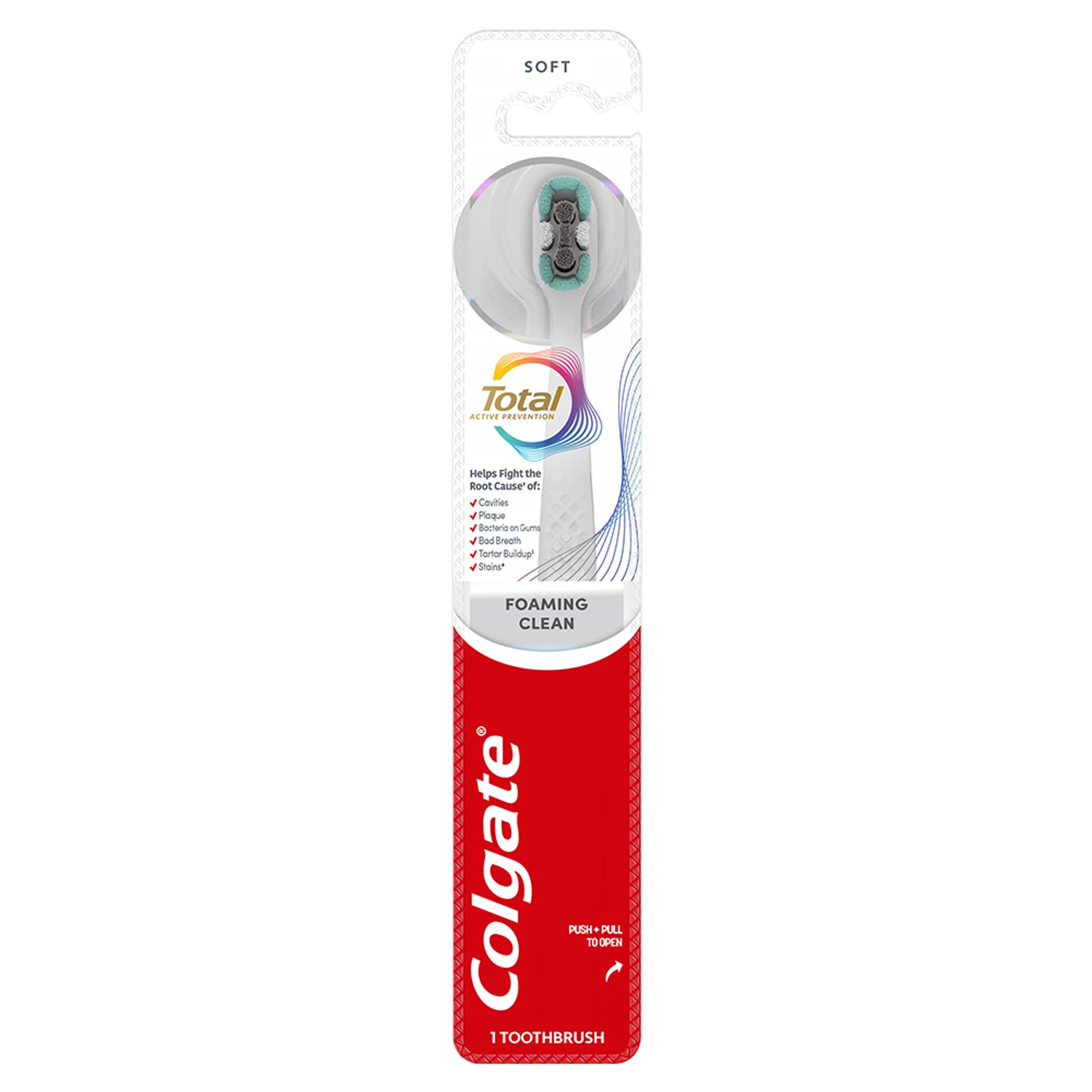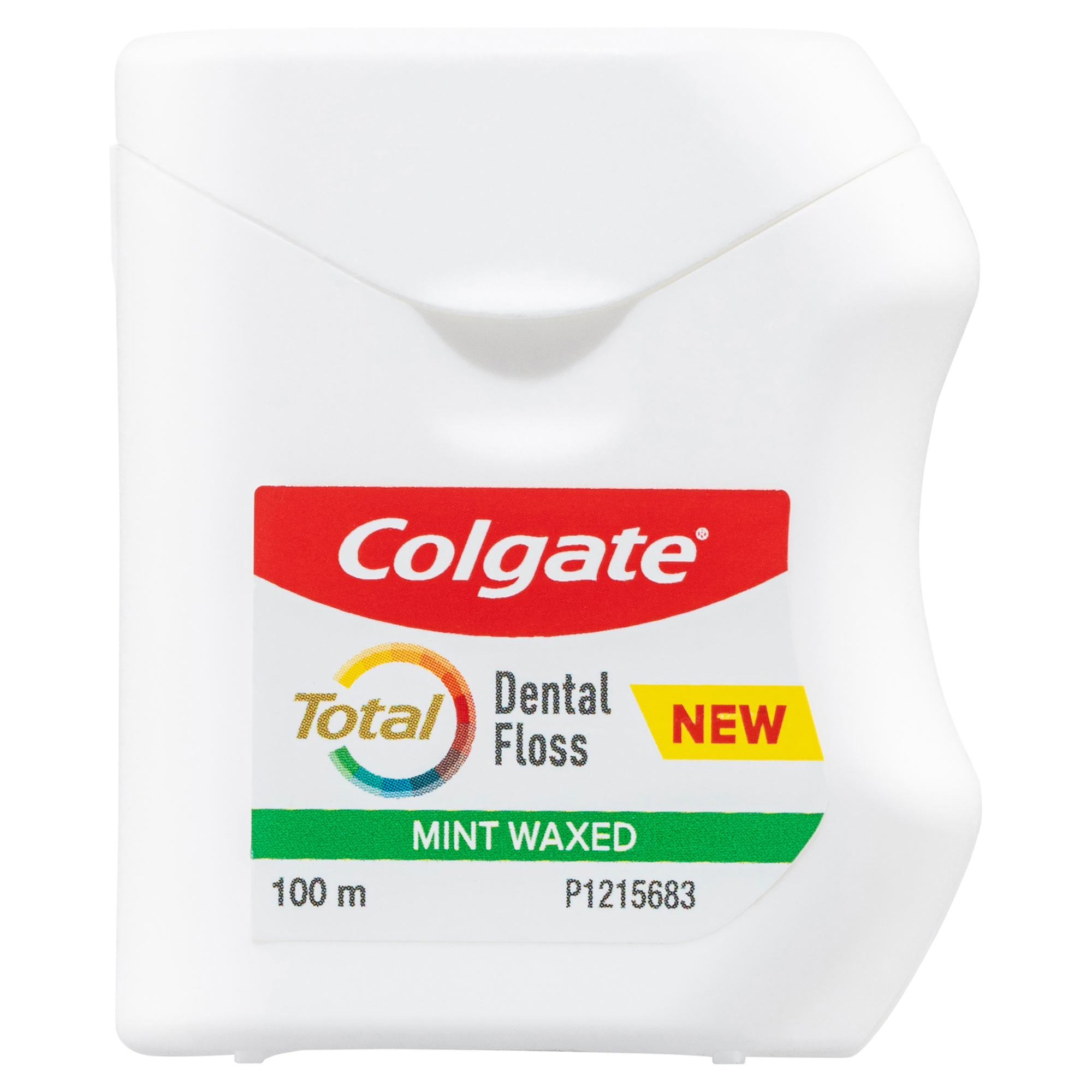-
-

BRUSHING & FLOSSING
How to BrushWhat Is the Right Way to Brush?
Proper brushing takes at least two minutes — that's right, 120 seconds!...

BRUSHING & FLOSSING
How To FlossWhat is the Right Way to Floss?
Proper flossing removes plaque and food particles in places where a toothbrush cannot easily reach... -
Science & Innovation
- Colgate® | Toothpaste, Toothbrushes & Oral Care Resources
- Oral Health
- Causes and Treatments for Bleeding Gums
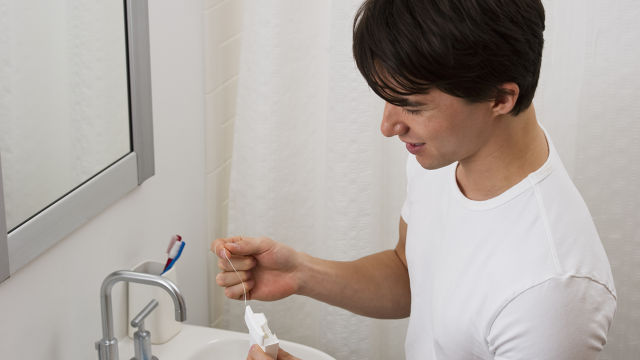

Have you ever seen blood after brushing and wondered if your teeth are bleeding? In fact, your gums will be the likely source of the problem. There are several reasons why your gums may bleed, one of which is injury. However, if your gums bleed when you have not bumped them, there may be cause for concern.
Bleeding gums can be a sign of simply needing a new dental care routine to remove plaque build-up, or they can be a sign of gum disease. If your gums continue to bleed, even after you have improved your oral care routine at home, make an appointment to see your dental professional right away. In the meantime, here are some tips to help with bleeding gums.
Fast Relief
When you first notice your gums bleeding, grab a washcloth or gauze square and soak it in cool water. If your teeth are sensitive to cold, use warm water instead. Wring out the excess water and gently put the cloth or gauze square against the bleeding area on your gums. Although the application of direct pressure can stop bleeding, do not press too hard on your teeth.
Changes in Your Dental Care Routine
If you’re noticing blood on your toothbrush after brushing or flossing, it’s a good idea to make changes to your regular dental care routine. The Australian Dental Association (ADA) recommends brushing your teeth twice a day for at least two minutes with a soft-bristled toothbrush, and flossing at least once a day.
To get the most out of your home oral care routine, it’s a good idea to check in with your dentist. He or she can give you advice on how to brush, how long to brush for and which type of toothbrush will be best for you. While you’re waiting for your dental appointment, you might also like to read Colgate Australia’s recommendations for brushing and flossing at home.
Don’t Floss or Brush too hard
If you have not flossed regularly in the past, your gums might start to bleed between your teeth when you first begin to floss. Also, your gums might bleed if you floss or brush too roughly. While it can be tempting to vigorously scrub at your teeth, the ADA advises that applying too much pressure can damage your gums and tooth enamel.
Sometimes, using a new toothbrush can cause minor irritation and bleeding, especially if you bump the gums or brush too hard. If your gums continue to bleed after you have established a good brushing and flossing regime, talk to your dental professional about your technique and to check on the health of your gums.
When to Call the Dentist
Gum diseases, such as gingivitis and periodontitis, can cause bleeding along the gum line around your teeth. Both gingivitis and periodontitis are caused by plaque build-up on and between the teeth. If you are experiencing regular bleeding from your gums, make an appointment to see your dental professional as soon as possible.
This article is intended to promote understanding of and knowledge about general oral health topics. It is not intended to be a substitute for professional advice, diagnosis or treatment. Always seek the advice of your dentist or other qualified healthcare provider with any questions you may have regarding a medical condition or treatment.
Related Products

Helping dental professionals
More professionals across the world trust Colgate. Find resources, products, and information to give your patients a healthier future




